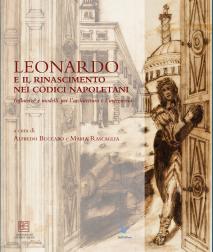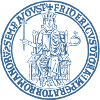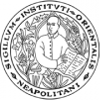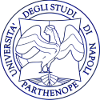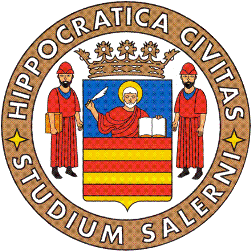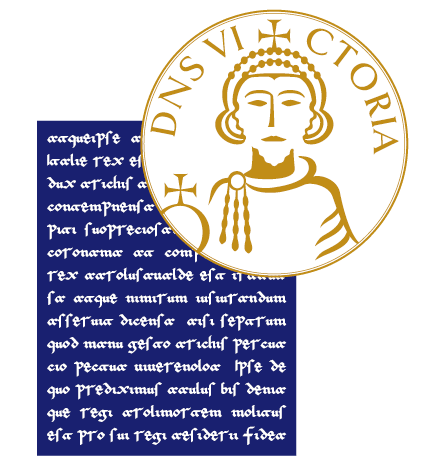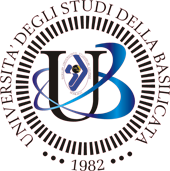Leonardo e il Rinascimento nei Codici napoletani: Influenze e modelli per l’architettura e l’ingegneria
Synopsis
Publisher: FedOA - Federico II University Press
Series: History and Iconography of European Architecture, Cities and Sites
Pages: 703
Language: Italian
NBN: http://nbn.depositolegale.it/urn:nbn:it:unina-25855
Abstract: This book, edited by Alfredo Buccaro e Maria Rascaglia, with the collaboration of Daniela Bacca, Francesca Capano, Maria Gabriella Mansi, Maria Ines Pascariello, Massimo Visone, is a co-edition with CB Edizioni Grandi Opere (printed edition: ISBN 978-88-97644-65-2). The work is the catalogue of the recent exhibition organized by CIRICE - University of Naples Federico II, with the National Library of Naples (Royal Palace of Naples, Bourbon Apartment, December 12th 2019-March 13th 2020) with the patronage of the National Committee for the Celebrations of V Centenary of Leonardo's death. It is dedicated to the memory of the most illustrious scholar on Leonardo, Carlo Pedretti, who largely inspired these studies.
Authors: Daniela Bacca, Federico Bellini, Ciro Birra, Vincenzo Boni, Alfredo Buccaro, Francesca Capano, Salvatore Di Liello, Leonardo Di Mauro, Adriano Ghisetti Giavarina, Serenella Greco, Claudia Grieco, Orietta Lanzarini, Angelica Lugli, Emma Maglio, Luigi Maglio, Maria Gabriella Mansi, Pieter Martens, Paolo Mascilli Migliorini, Margherita Melani, Maria Ines Pascariello, Maria Rascaglia, Saverio Ricci, Renata Samperi, Anna Sconza, Daniela Stroffolino, Sara Taglialagamba, Carlo Vecce, Alessandro Vezzosi, Massimo Visone, Paola Zampa.
The exhibition has brought to public attention, for the first time, the traces of the diffusion of Leonardo lesson and of post-Leonardo Renaissance lesson in the context of architecture and engineering in the modern Southern Italy, analyzed through never known manuscript or printed testimonies.
Introduced by some general essays by important scholars on Leonardo and the Renaissance, the papers of the first part of the book, among other testimonies, deal with: the incunabula of the National Library relating to the treaties once present in Leonardo's library that inspired his training; the Codice Corazza, a seventeenth-century apograph published by Buccaro with the advice of Pedretti in 2011, together with manuscript from Corazza collection in the same library; the Codice Fridericiano, a sixteenth-century apograph from Leonardo's Treatise on Painting, acquired in 2016 by the Center for Libraries of University of Naples Federico II on a proposal by Buccaro and Vecce; the Foglietto del Belvedere of the Foundation Pedretti Archive, studied in detail by Buccaro; the Vari disegni by Giovanni Antonio Nigrone (BNN, Ms. XII.G.60-61, ab. 1598-1603), containing an unpublished project for a mechanical and hydraulic engineering treatise inspired by Leonardo’s studies.
In the second part of the book, the architecture and urban planning graphics contained in the two sixteenth-century albums of the unpublished Codice Tarsia (BNN, Mss. XII.D.1, XII.D.74) have been analyzed for the first time. It a real ‘Book of drawings’ dating back to the 16th century (ab. 1540-98), once belonging to the Prince Spinelli of Tarsia library. This rich documentary repertoire inspired, at the end of that century, the editorial project by Nicola Antonio Stigliola, a philosopher and engineer from Nola: this collection contains some beautiful drawings of Antiquities and architectural projects largely related to Vignola’s works for the Farnese family, as well as very interesting drawings of Italian and European fortified cities, in which the influence of Leonardo's studies about military engineering is evident. This Codex, carefully studied and digitally cataloged for Manus Online by scholras of CIRICE and of the National Library, is a precious testimony of the spread of Tuscan and Roman Renaissance in the Southern Italy.
Downloads
